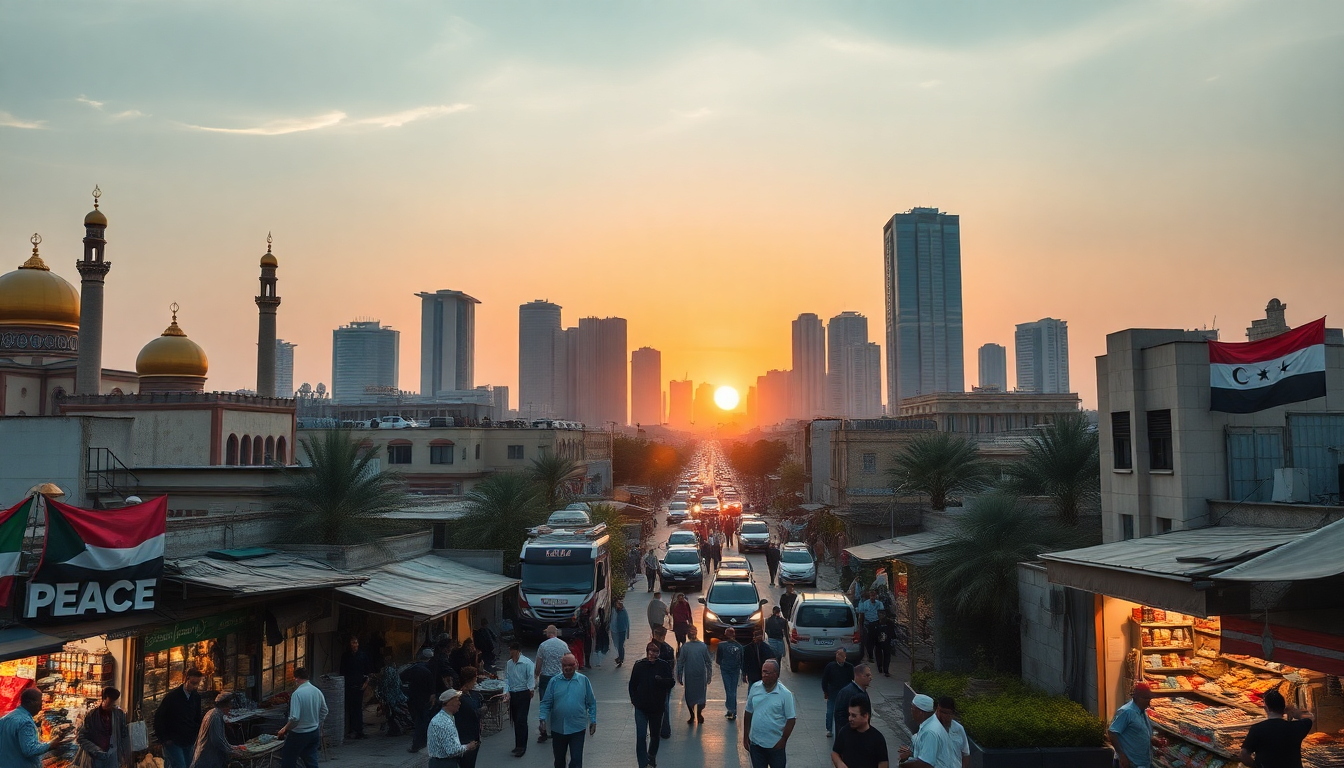Table of Contents
The Middle East has always been a region defined by its complex geopolitical dynamics, and the recent developments are no exception. With tensions spiking between Israel and Iran and major global players getting involved, it’s crucial to dig deeper into what’s happening.
How do these conflicts and diplomatic maneuvers affect regional stability and international relations? Let’s explore.
Understanding the Current Tensions
The clash between Israel and Iran has reached new heights, with both sides using a mix of tactics to assert their influence.
Israeli military actions targeting Iranian assets in Syria, alongside accusations of Iranian support for terrorist groups, have raised the stakes considerably. When reports emerged of Iranian forces intercepting Israeli drones, it became clear that the rivalry is more than just rhetoric; it’s a high-stakes game for regional dominance.
And let’s not forget about the role of external powers. The United States, a traditional ally of Israel, is keeping a watchful eye on the escalating situation. With tensions on the rise, discussions around potential U.S. intervention are heating up among political analysts.
Could military action be on the horizon? This question looms large as both nations carefully weigh their next moves in this intense geopolitical chess match.
International Reactions and Consequences
As the conflict escalates, the international community is expressing deep concerns about possible humanitarian crises.
The United Nations has stepped in, calling for an immediate ceasefire and urging both sides to prioritize dialogue over violence. But the consequences of continued hostilities could ripple far beyond the immediate region, destabilizing neighboring countries and potentially disrupting global oil markets.
Who would have thought that a conflict could have such far-reaching implications?
Iran’s nuclear ambitions also complicate the situation further. Recent assurances from Russia about the safety of Iranian nuclear sites have raised eyebrows, stirring fears that these developments could embolden Iran’s nuclear program. As we navigate this complex web of alliances and animosities, the impact on global diplomatic efforts is becoming increasingly clear.
The Propaganda War
Beyond the military confrontations, there’s another battlefield: the ongoing propaganda war between Israel and Iran. Both nations are employing sophisticated media strategies to shape public perception and win international support. This battle for hearts and minds often overshadows the tangible realities on the ground, making it even more challenging to find a peaceful resolution.
The way information is disseminated, especially through state-controlled media, plays a crucial role in influencing public opinion. As both sides highlight their narratives, it’s vital for analysts and policymakers to understand the underlying motivations driving each side. What’s really at stake here?
Ultimately, the unfolding events in the Middle East highlight a confluence of historical grievances, national interests, and the quest for security. As the situation continues to evolve, it’s essential for stakeholders to remain vigilant. The road to peace may be riddled with challenges, but understanding the dynamics at play is key to navigating this intricate landscape.





